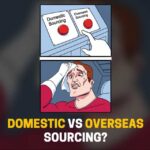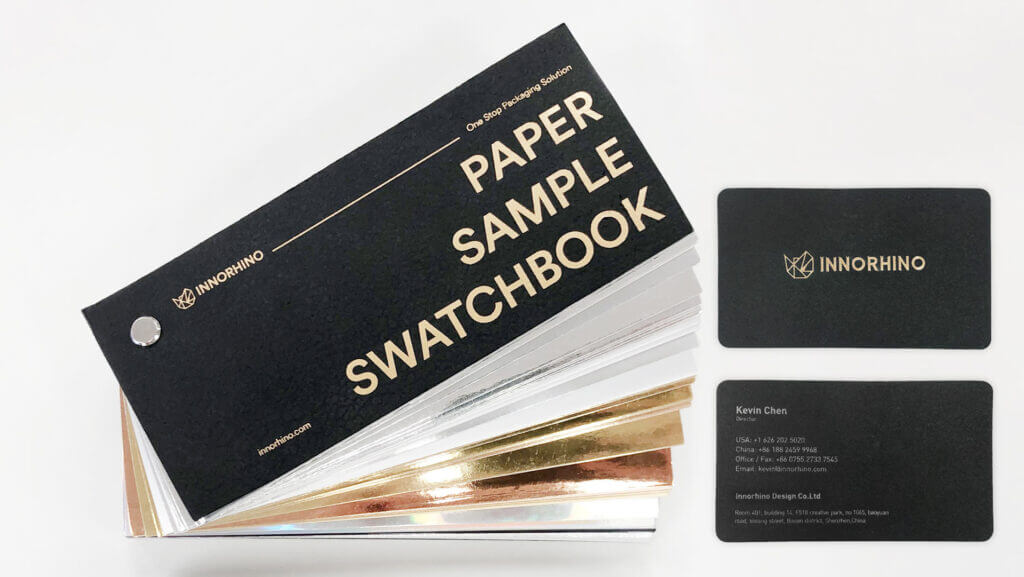Home » About Business » Think Global: The Benefits of Sourcing Internationally

But before you make a sourcing decision, it’s crucial to understand how both domestic and international sourcing works, and consider the two options against the needs of your business.
Share this post on:

INNORHINO | Taiwan Headquarters | China, USA, Vietnam
--
One-stop custom packaging supplier with global locations. Our goal is to help entrepreneurs thrive in a competitive environment with tailored packaging solutions.
Recent Posts
INNORHINO
Taipei, Shenzhen, Ho Chi Minh City, Los Angeles
--
One-stop custom packaging supplier with global locations. Our goal is to help entrepreneurs thrive in a competitive environment with tailored packaging solutions.
CATEGORY
–
- About Business (33)
- About Design (45)
- Anti-Counterfeit Packaging (1)
- Case Study (20)
- CR Packaging (6)
- Expert Column (5)
- Industry Insight (24)
- New Tech Trend (7)
- News (14)
- Packaging Guide (7)
- Packaging Trend (34)
- Sustainability (5)
- Uncategorized (2)













